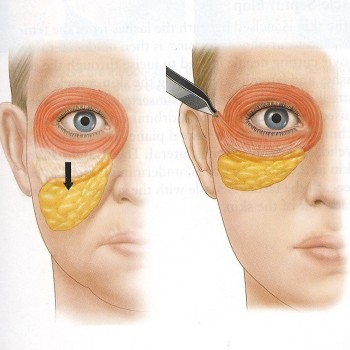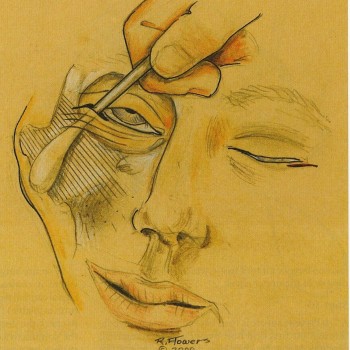
- Aesthetic Surgery
- Facial Surgery
- Facelift Surgery
Facelift Surgery
such as:
Relaxation of the skin of the face causing sagging
Deepening of the fold lines between the nose and corner of the mouth
Fat that has fallen or has disappeared
Jowls developing in the cheeks and jaw
Loose skin and excess fat of the neck that can appear as a double chin or "turkey neck"
The loss of youthful contours in the face can be due to variety of factors, including thinning of the skin, loss of facial fat, gravity, sun damage, smoking, as well as heredity and stress.
Other procedures that might be performed in conjunction with a facelift are brow lift and eyelid surgery to rejuvenate aging eyes. Fat transfer or fillers may be suggested to replace the lost fatty volume. Skin treatments such as IPL, dermabrasion, peels or laser may be offered to improve the quality and texture of the skin.
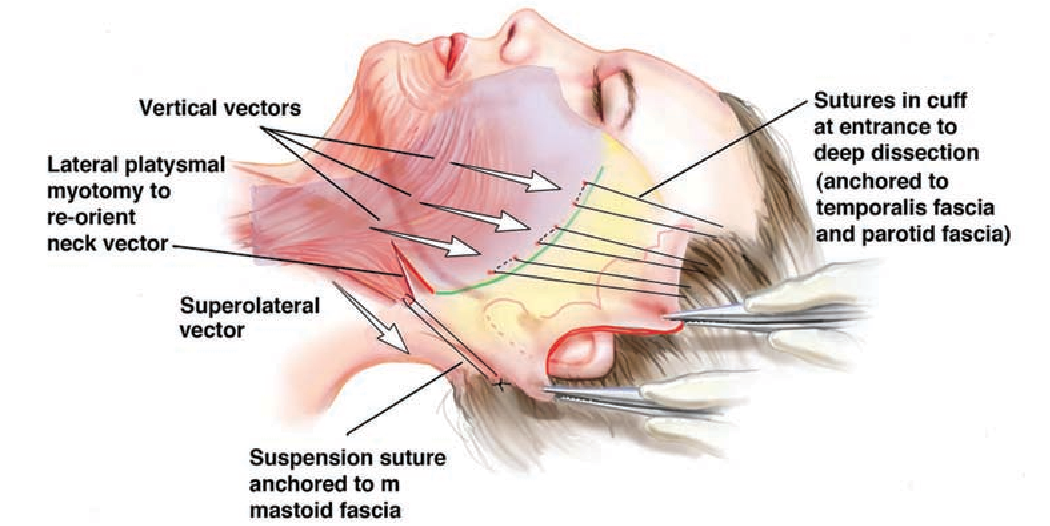
Type of procedure:
- mini face lift
- extended face lift
- deep plane face lift
- direct neck lift
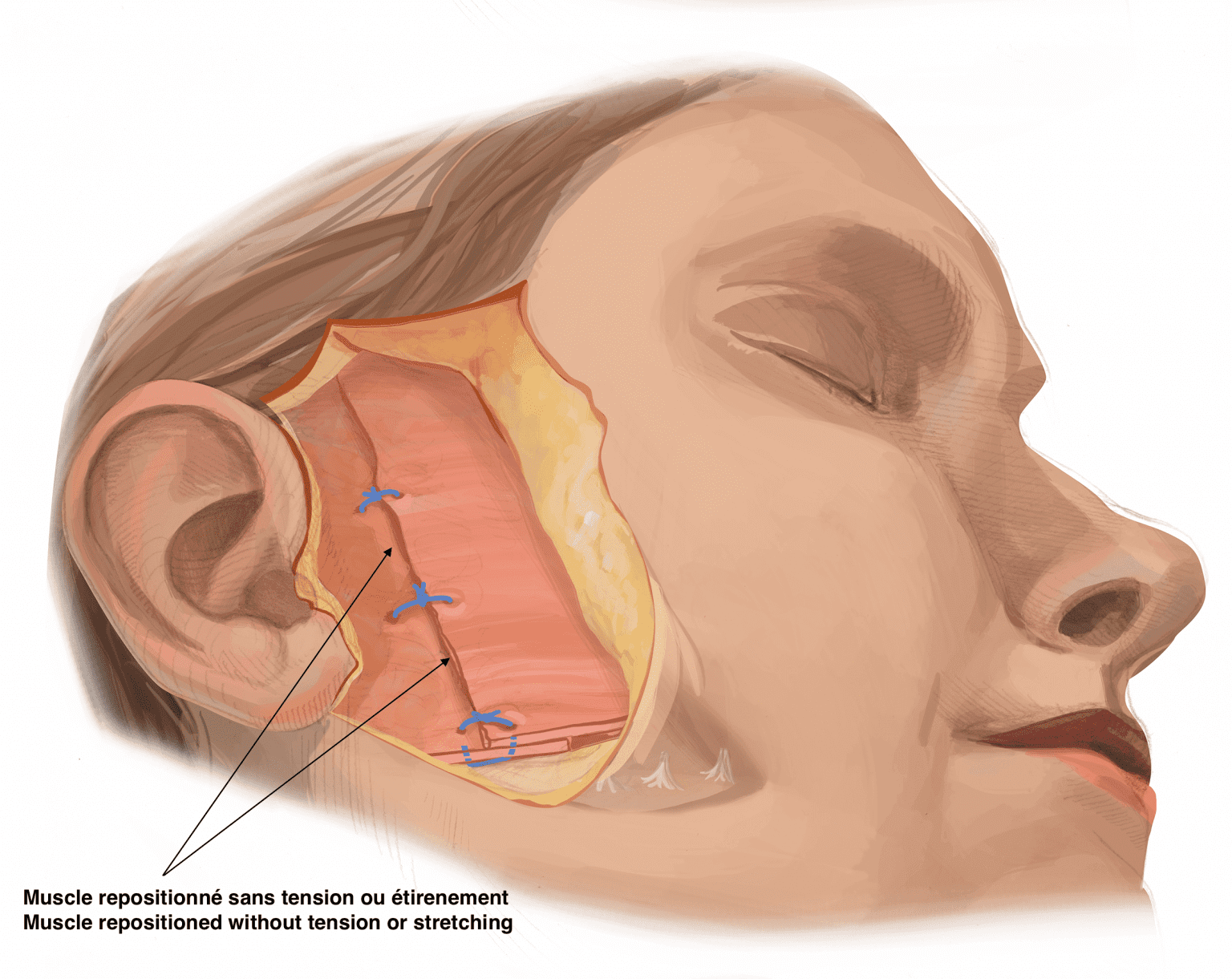
Information about the Procedure:
Depending on the degree of change you'd like to see, your facelift choices include a traditional facelift, limited incision facelift or a neck lift.
A traditional facelift incision often begins in the hairline at the temples, continues around the ear and ends in the lower scalp. Fat may be sculpted or redistributed from the face, jowls and neck and underlying tissue is repositioned, commonly the deeper layers of the face and the muscles are also lifted. Skin is redraped over the uplifted contours and excess skin is trimmed away.
A second incision under the chin may be necessary to further improve an aging neck and remodeling for deep structure like fat-muscles-sub mandiblar gland. Sutures or skin adhesives close the incisions.
Traditional Facelift
A neck lift addresses the sagging jowls, loose neck skin and fat accumulation under the chin. The neck lift incision often begins in front of the ear lobe and wraps around behind the ear, and ends in the posterior hair behind the ear.
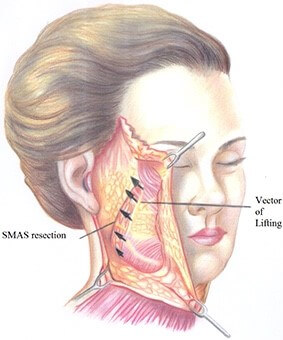

Mid-Facelift.
After the procedure:
After a face-lift, you may experience:
- Mild to moderate pain
- Drainage from the incisions
- Swelling
- Bruising
- Numbness
The incisions will likely be covered with bandages. Bandages provide gentle pressure to minimize swelling and bruising. A small tube might be placed under the skin behind one or both ears to drain excess blood or fluid.
In the first few days after surgery:
- Rest with your head elevated
- Apply cool packs to the face to ease pain and reduce swelling
Complication:
- Bleeding
- Facial nerve injury with weakness
- Fluid accumulation
- Infection
- Numbness or other changes in skin sensation
- Poor wound healing and skin loss
- Prolonged swelling
- Skin irregularities and discoloration
- Sutures may spontaneously surface through the skin, become visible or produce irritation that require removal
- Temporary or permanent hair loss at the incisions
- Unfavorable scarring
- Unsatisfactory results may include asymmetry

Results:
While most people are presentable to the public within 10-14 days, it will take 2-3 months for the face to feel "back to normal" in terms of texture, sensibility and loss of tightness.
Continuing daily sun protection and a healthy lifestyle will help extend the results of your facelift.
As swelling and bruising subside, the visible improvements of a facelift appear. Your final result should not only provide a more youthful and rested appearance, but also help you feel more confident about yourself.
Although good results are expected, there can be no guarantee. In some situations, it may not be possible to achieve optimal results with a single surgical procedure and another surgery may be necessary.
Mid-Facelift

